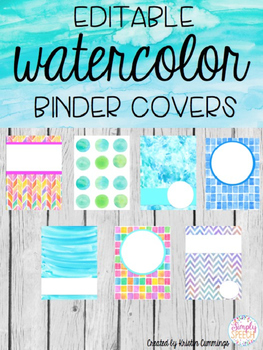



Englewood Cliffs, NJ: Prentice-Hall, Inc., 1983. The Painter's Guide to Studio Methods and Materials. [įor more information on pigments for Gouache: Pigments for Gouache If the paint has been properly compounded, little pigment should stain the cloth.Īn alternative method is to add a small amount of white watercolor to transparent watercolors to give the effect of gouache painting. A dry sample of the finished paint should be rubbed with a soft cloth. The colors are mixed with the spatula, ground with the muller to a rather liquid consistency, and then stored in jars or tubes. Each color takes up a somewhat different amount of binder, some requiring as much as 4 parts by volume of pigment to 1 of binder, others taking as little as 2 parts by volume of pigment to 1 of binding medium. The binder is made up according to the recipe for watercolor binder., and 1/4 teaspoon Dowicide (Dow Chemical Co.) A (sodium orthophenyl phenate) can be added to prevent spoilage. The dry pigments are usually mixed before they are ground with approximately equal amounts of whiting or precipitated chalk. Since gouache painting is less dependent than watercolor on the clarity of transparent washes, gouache colors do not require such fine grinding and, for this reason, can easily be made in the studio. The chief difference in the compounding of the gouache colors is that a white pigment, such as precipitated chalk or whiting or, occasionally zinc white, is added to the pure pigments in order to make all of them opaque. The list of pigments that may be safely used in gouache is the same as that of transparent watercolor. Today the most common binder employed in gouache is the same as that used in watercolor-that is, a combination of gum arabic and various plasticizers and preservatives. The term gouache is used rather loosely to indicate opaque watercolor media. Painting Methods - Brushes - Supports & Grounds - Care & Display Gouache - Pigments and Binder MATERIALS & METHODS - Painting - Aqueous Paints - Gouache


 0 kommentar(er)
0 kommentar(er)
